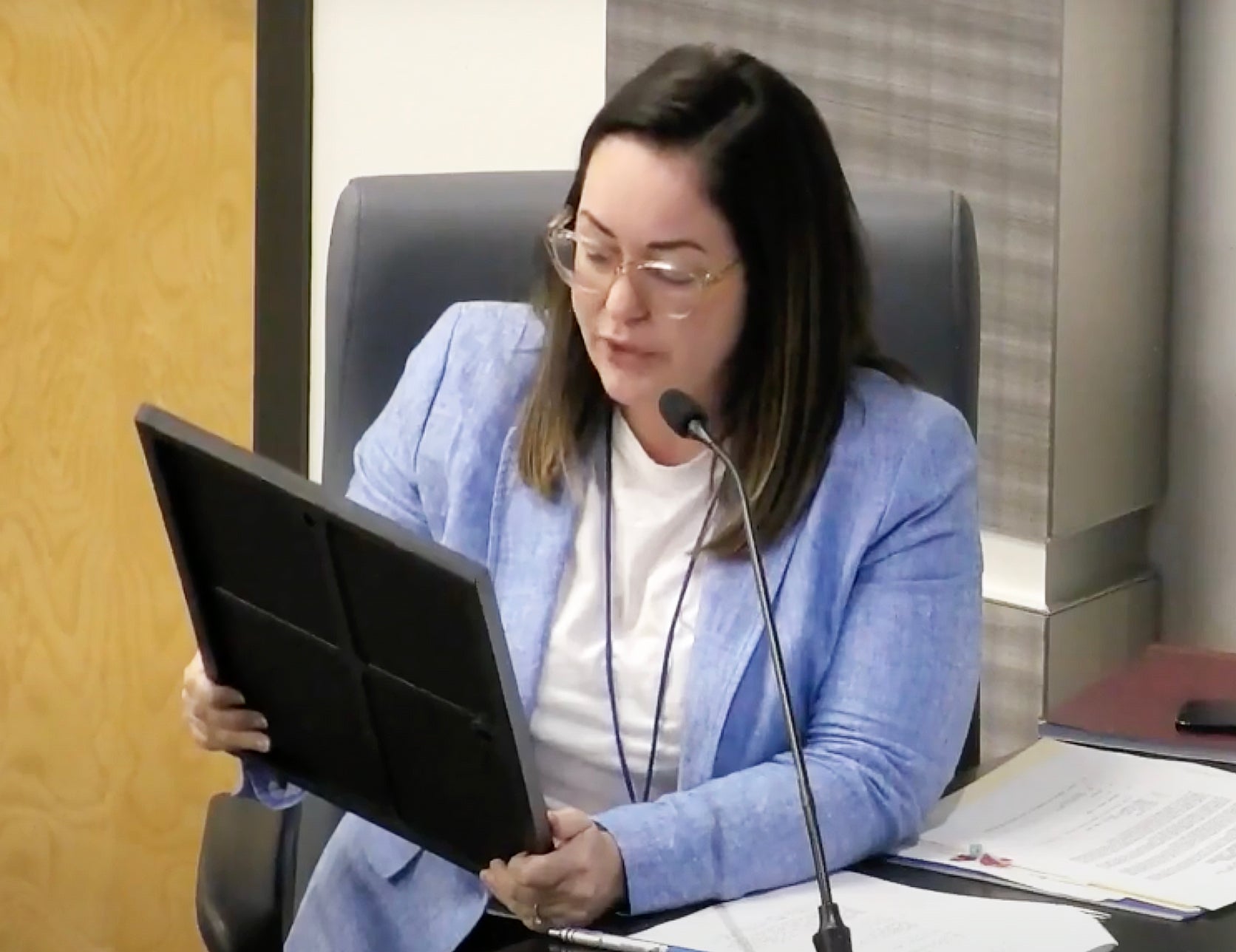Pond project hailed
Published 12:00 am Monday, April 1, 2002
By LEONARD GRAY
LULING – Mark another superlative for St. Charles Parish, which now has the world’s largest freshwater diversion project near the old Davis Crevasse, able to channel tons of water toward Lake Salvador and the Barataria Basin.
Gov. Mike Foster and Congressman Billy Tauzin were among the dignitaries present Tuesday when a symbolic switch was thrown, which climaxed the dedication ceremony. The project, under construction for more than five years, sliced a channel from the Mississippi River to just beyond U.S. Highway 90 toward Lake Cataouatche.
In the process, it diverted two railroads, including five sets of tracks, as well as two major roadways, built a new bridge at U.S. Highway 90, constructed a pumping station near Willowdale Boulevard and miles of containment levees for the ponding area between U.S. Highway 90 and Cataouatche.
The object of the project is to fight saltwater intrusion which had been killing freshwater coastal marsh at a rate of 50 square miles a day at its height.
Tauzin said the project “was about taking starving marshes and putting them back on a healthful diet.”
The project cost approximately $119.6 million.
Tauzin, the keynote speaker for the dedication, referred to his Cajun heritage when he said, “They kicked us out of Nova Scotia,” but now this Acadian culture is as close-knit as a family, and “This family ain’t leaving and will continue to fight to save our land and our homes.”
Finally, in a reference to the Sept. 11 tragedy, he pledged, “It’s a war, I promise you, we’re gonna win!”
Tauzin, a Chackbay native, is serving his 12th term in Congress, longer than any of his predecessors. He was first elected in 1980 to replace Dave Treen and has won re-election with vote totals averaging 90 percent.
The dedication ceremony was also highlighted by an essay reading by Kyle Anderson, 13, an eighth-grader from Norco who attends Harry Hurst Middle School in Destrehan.
Anderson pointed out, in talking about the LaBranche Wetlands, “I was so upset to see that people would litter such a beautiful place.”
The ceremony included acknowledgement by Parish President Albert Laque of the Industrial Arts and Science clubs of Hahnville High School, led by teacher Val Butler, as well as the Wetlands Watchers of Hurst Middle School, led by teacher Barry Guillot, who have put in 18,000 manhours in cleaning up the wetlands of St. Charles Parish.
Foster, an avid sportsman, spoke of watching the coast disappear, and a Global Positioning map system on his boat, with 4-year-old data, would indicate land where none now existed – eaten away by the saltwater tides.
“This is the answer,” Foster said of the Davis Pond project. “Hopefully, we’re not too late.”
Lt. Gen. Robert Flowers, chief engineer for the U.S. Army Corps of Engineers, commented the Corps’ environmental operating principles make clear its commitment to balancing human need, economic growth and the environment.
With the occasional infusion of river water into the Barataria Basin and related waterways, David Pond is expected to provide average annual benefits of $15 million every year for fish and wildlife, including $300,000 for recreation.
He also predicted freshwater will become as valuable in this century as oil was in the 20th Century.
Bob Mann, state director for U.S. Sen. John Breaux, added the cost-benefit ratio for this project is 10-to-1, making it “a highly valuable project.”
He added Davis Pond “is a beacon of inspiration to the state and nation, as we face the daunting challenge of our disappearing coast.”
The ceremony included Col. Thomas Julich, district engineer, as master of ceremonies, and the Hahnville High Air Force Junior ROTC color guard.
The project has been on the drawing board since 1965 when it was authorized by the federal Flood Control Act. Construction finally got under way in November 1996.
The Davis Pond structure itself consists of a reinforced concrete structure on River Road, between Davis Drive and ADM Growmark near Ama.
It was built as a partnership between the Corps and the Louisiana Department of Natural Resources, whose secretary, Jack Caldwell, attended the ceremony.
The structure releases river water into a channel capable to diverting up to 10,650 cubic feet per second toward Lake Cataouatche into a 9,300-acre ponding area where sediment will settle. The freshwater will then push out salty Gulf water out of the marsh, allowing vegetation and wildlife to return to the newly-created marsh.
The affected area, the Barataria Basin, is one of America’s most prolific producers of oysters, shrimp, crab and fish, and also provides habitat for migratory waterfowl, fur-bearing animals and alligators.
Other benefits generated by the project will include hurricane protection. As more marsh is created, it works as a buffer to slow tidal surge from incoming storms.
The site was selected partly because it was the location of the 1884 Davis Crevasse, or levee break, between the upriver Davis Plantation and the downriver Louisa Plantation. The natural lowland channeled water toward the Gulf and left Davis Pond itself, a remnant of that disaster.
The structure will be managed by a 19-member advisory committee and operated by the St. Charles Parish Department of Public Works, under the direction of the committee.
Salinity levels in the basin will dictate when the structure is to be used.
A similar project is contemplated near the Bonnet Carre Spillway between Norco and Montz, but has not yet been funded or scheduled for construction.
If built, it would divert up to 25,000 cubic feet per second of river water into Lake Pontchartrain to reduce salt levels in the lake and increase seafood production and saltwater intrusion into the LaBranche Wetlands.
Funding for Davis Pond was shared, with 25 percent by the state and 75 percent by the federal government.





